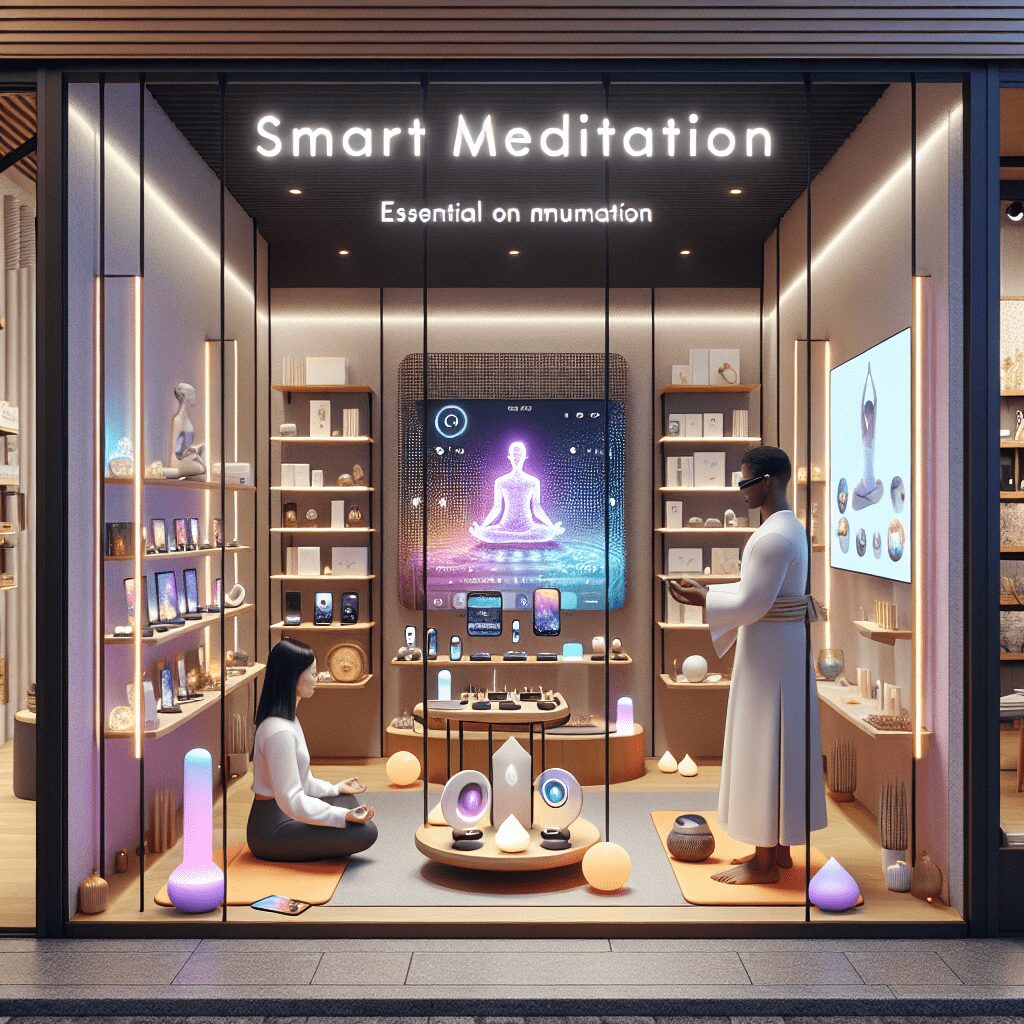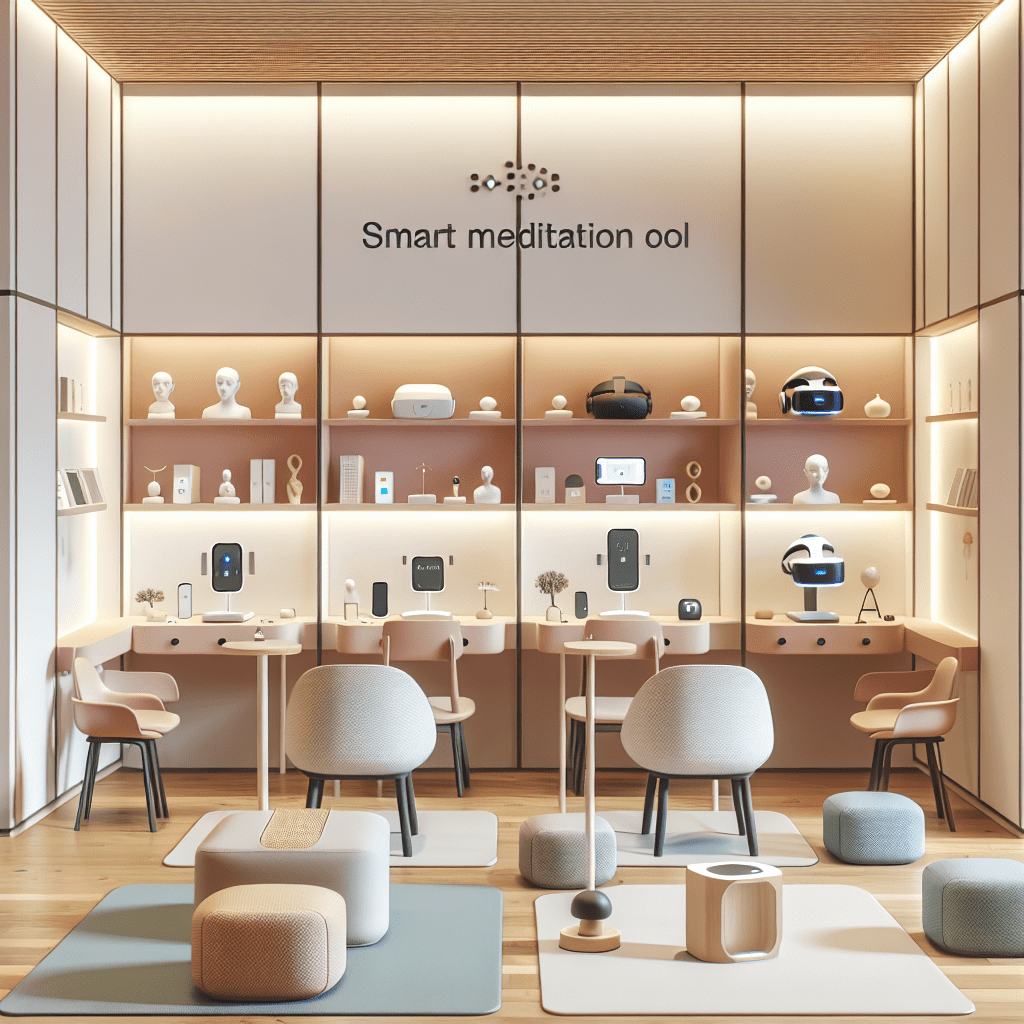
Prioritize your mental well-being daily. Enhance your life by nurturing your mental health with the Smart Meditation app. Break free from stress, alleviate anxiety, and enhance your sleep quality starting today.
How Much Corporations Spend On Meditation?
Unlocking Corporate Zen: The Investment in Meditation
In the hustle and bustle of the 21st-century corporate world, with its high-stress levels and constant demands, companies are increasingly turning to ancient practices to nurture the well-being of their employees. Among these, meditation has emerged as a front-runner. But just how much are corporations really doling out to bring a sense of calm and mindfulness into the workplace? Let’s dive deep into the trend of corporations spending on meditation programs and analyze the bang for their buck.
The Financial Commitment to Mindfulness
Contrary to what one might expect, the dollars and cents plowed into meditation and mindfulness programs are not just chump change. Corporations are investing significant amounts, seeing it as an investment in human capital rather than a mere expense. A recent report from IBISWorld revealed that the mindfulness and meditation industry in the US alone is worth over $1 billion, and businesses are a significant chunk of this market.
The ROI on Mindfulness
But what’s in it for them, you ask? Well, the return on investment (ROI) on these programs is nothing to sneeze at. Research has consistently shown that mindfulness and meditation programs can lead to an array of benefits for employees and, by extension, the companies they work for. These perks include but are not limited to, decreased stress levels, enhanced productivity, reduced absenteeism, and even a boost in creativity. In essence, by putting their money where their mouth is, corporations are reaping rewards in the form of happier, healthier, and more efficient workforces.
A Penny for Your Thoughts?
But let’s break it down a bit more. While figures can vary greatly depending on the size of the company and the scope of the program, some big players are setting the pace. For instance, Google’s famous “Search Inside Yourself” program, a blend of mindfulness, emotional intelligence, and leadership training, showcases the tech giant’s substantial investment in this area. Although specific numbers are closely guarded, it’s clear they believe strongly in the power of meditation, providing courses, workshops, and retreats for their employees.
Similarly, Aetna, a healthcare giant, reported spending about $300 per employee on their mindfulness programs. This might not sound like a fortune, but given their employee count, you’re looking at an investment of millions. What’s more, Aetna’s CEO reported that this investment paid off, resulting in a noteworthy uptick in productivity valued at about $3,000 per employee annually. Not a bad return, eh?
Making Cents of the Trend
While not every company’s meditation budget will reach the heights of Google or Aetna, it’s clear that across the board, businesses are setting aside a pretty penny to foster a culture of mindfulness. From offering subscriptions to meditation apps, such as Headspace or Calm, to hosting regular guided meditation sessions led by experts, the costs can add up. But so do the benefits.
Incorporating these programs doesn’t just contribute to a positive workplace atmosphere; it’s also a savvy business move. A workforce that’s less stressed and more present is bound to lead to better decision-making, fewer errors, and, ultimately, a healthier bottom line.
To Meditate or Not to Meditate?
For corporations pondering over the decision to invest in meditation programs, the evidence speaks for itself. While the upfront costs might cause some initial sticker shock, the long-term payoff in employee well-being and productivity makes it a wise choice. In the grand scheme of things, it’s not just about dollars and cents; it’s about fostering an environment where employees can thrive. After all, a happy employee is a productive one, and in today’s fast-paced world, that’s worth its weight in gold.





